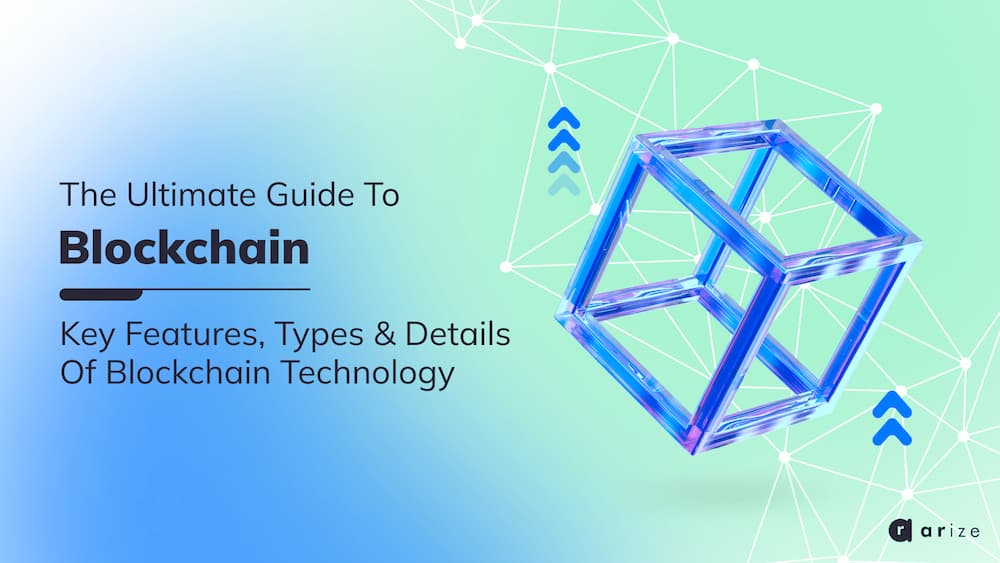We’ve already explored a blockchain in a previous article, but now we’re going to go into a bit more detail, explaining the different blockchains and how they work to give you even more insight into this world.
How Does a Blockchain Work?
In our last article, we already defined a blockchain, so let’s look closely at what blockchains do and their aim.
The goal of a blockchain is to allow digital information to be recorded and distributed but not edited. Because of this, blockchains form the foundation for immutable ledgers or records of transactions that cannot be deleted, altered, or even destroyed. They are known as “distributed ledger technology” (DLT).
A new transaction will be entered, then transmitted to a network of peer-to-peer computers scattered worldwide. These computers will then solve various equations to confirm the transaction’s validity.
Once confirmed to be legitimate, transactions are clustered together in blocks. These blocks are then all chained together, creating a long history of permanent transactions, and then it is complete.
Key Features of the Blockchain
Because blockchain relies on a decentralized network of users to validate instead of a single authority, it provides it with some key characteristics that make blockchain transactions preferable:
Speed: Transactions go straight from sender to receiver, making it unnecessary for intermediaries and speeding up the process.
Economical: The lack of intermediaries also makes blockchain networks less expensive.
Consistent: Blockchain networks operate around the clock, 24 hours a day, seven days a week.
Secure: A blockchain’s distributed network of nodes provides collective protection against attacks and outages.
Security: Data is transparent and cannot be changed once it is time-stamped into the ledger, making it impenetrable to fraud or other types of criminal tampering. Similarly, everyone with access to a public blockchain network can see the transactions created, so everyone can see changes made, making it easier to spot someone trying to do something illicit.
Permissionless vs. Permissioned Blockchains
All blockchains can be categorized as permissionless, permissioned, or both.
Permissionless blockchains allow any user to pseudo-anonymously join the blockchain network (that is, to become “nodes” of the network) and do not restrict the rights of the nodes on the blockchain network.
Permissioned blockchains restrict network access to specific nodes and can also limit the rights of those nodes on that network. The identities of the users of a permissioned blockchain are known to other users.
The Four Types of Blockchain
Public Blockchain
Public blockchains are permissionless; anyone can join, and are entirely decentralized. It will give all blockchain nodes equal rights to access it, create new data blocks, and validate them.
Public blockchains are primarily used for exchanging and mining cryptocurrencies. This includes popular blockchains such as Bitcoin, Ethereum, and Litecoin. On these public blockchains, the nodes “mine” for cryptocurrency by solving cryptographic equations to create blocks for the transactions requested on the network. In return for this hard work, the miner nodes earn a small amount of cryptocurrency.
Private Blockchains
Private or “managed” blockchains are permissioned blockchains controlled by a single organization, where a central authority determines who can be a node. That authority may also not grant each node the same rights to perform functions. Private blockchains are not fully decentralized because public access to them is restricted. The B2B virtual currency exchange network Ripple is a famous example of a private blockchain.
There are drawbacks to both public and private blockchains. Public blockchains tend to have longer validation times for new data, and private blockchains are more vulnerable to fraud and bad actors. Two other types of blockchains were developed to address issues like these.
Consortium Blockchains
Consortium blockchains are permissioned like private blockchains. But they are governed by a group of organizations instead of the one entity of a private blockchain. This gives them more decentralization than private blockchains, which means higher security.
The drawback is that setting one up can be complex as it requires cooperation between several organizations, presenting logistical challenges and potential antitrust risks. It has been done successfully, though, with CargoSmart having developed the Global Shipping Business Network Consortium. This not-for-profit blockchain consortium aims to digitalize the shipping industry and allow maritime industry operators to work more collaboratively.
Hybrid Blockchains
Hybrid blockchains are controlled by a single organization but with a level of oversight from the public blockchain, which is needed to perform specific transaction validations. Like the Global Shipping Business Network Consortium, the hybrid blockchain model has succeeded in the supply chain industry with IBM Food Trust, a hybrid blockchain developed to improve efficiency throughout the whole food supply chain.
Blockchain continues to develop and evolve as the world of Defi becomes stronger and stronger. We don’t know what the future holds. But blockchain looks like it will be a large part of the overhaul of the finance industry.



